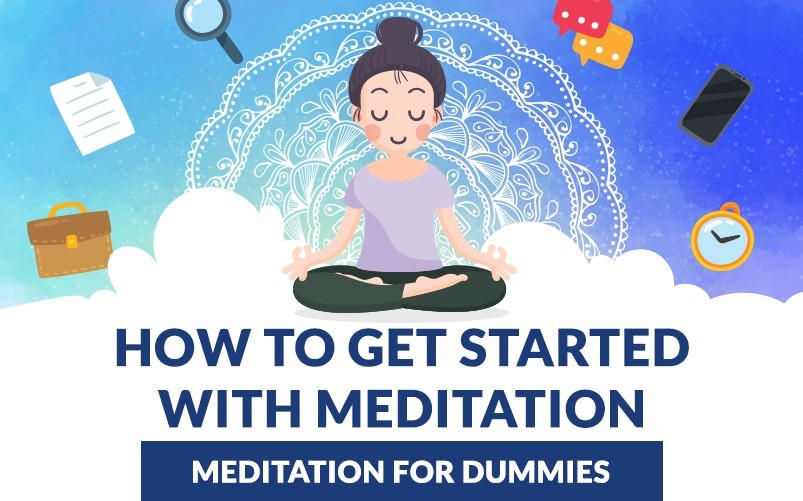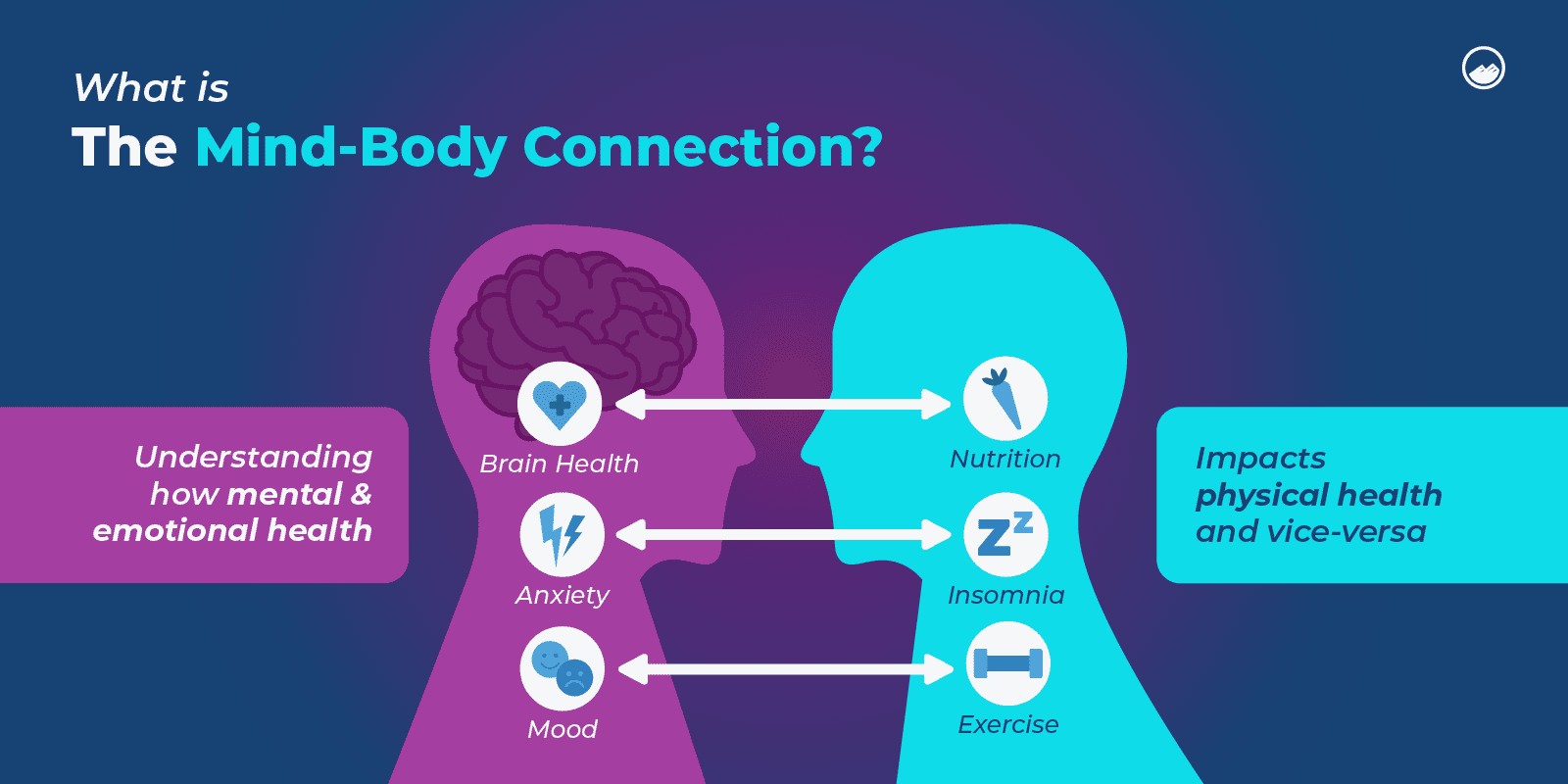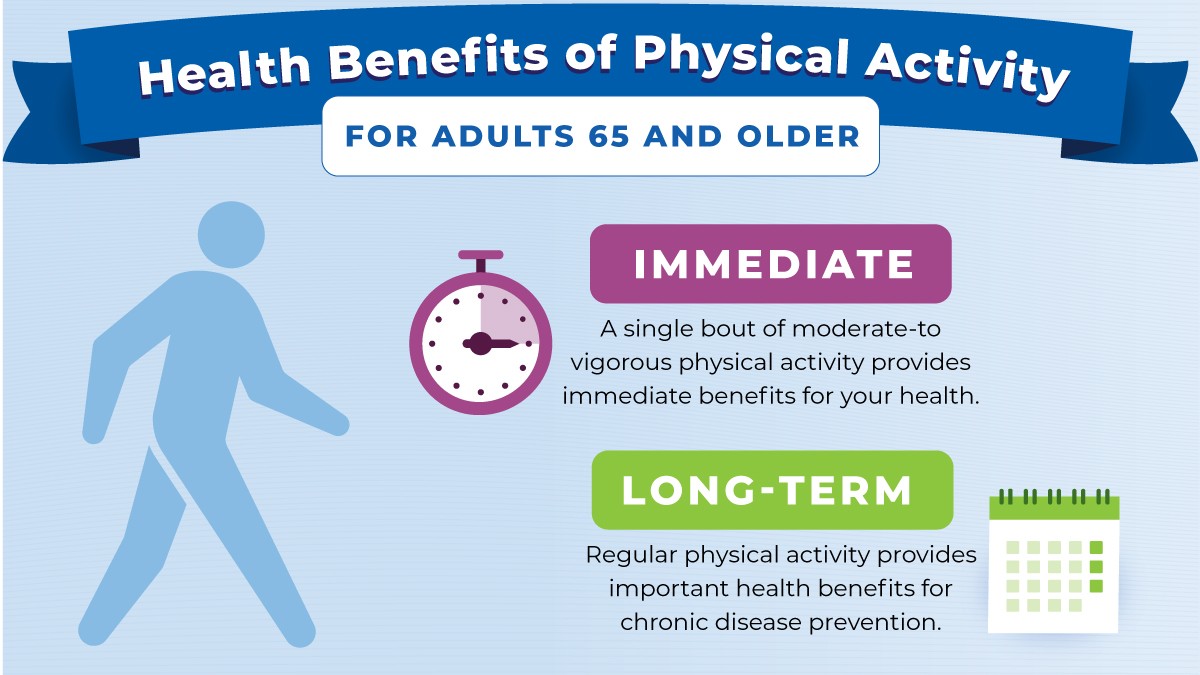In an age characterized by relentless digital connectivity and ceaseless demands on our attention, the ancient practice of meditation has emerged as a surprisingly potent antidote to modern-day stressors. Far from being an esoteric pursuit reserved for spiritual gurus, meditation is a practical and accessible tool for enhancing mental clarity, reducing stress, and fostering a profound sense of inner calm. For professionals, entrepreneurs, and anyone navigating the complexities of contemporary life, embarking on a meditation journey can unlock significant benefits, from improved decision-making to enhanced emotional resilience. The initial steps, however, can often feel daunting, shrouded in misconceptions about needing perfect stillness or an empty mind. The truth is, getting started with meditation is simpler than many perceive, requiring only a willingness to begin and a touch of patience.
The very first principle to embrace when beginning meditation is gentleness and an absence of judgment. Many newcomers envision meditation as a state where thoughts cease entirely, leading to frustration when their minds inevitably wander. It’s crucial to understand that meditation isn’t about eradicating thoughts; it’s about changing your relationship with them. Think of your mind as a busy street, with thoughts as the cars passing by. The goal isn’t to stop the traffic, but to become an observer on the sidewalk, watching the cars go by without getting into them. This fundamental shift in perspective liberates you from the pressure of achieving an “empty mind” and allows for a more natural and sustainable practice.
When it comes to the practicalities of starting, establishing a consistent time and place is immensely helpful. Just as you might have a dedicated space for work or exercise, creating a quiet, comfortable corner for meditation can signal to your mind that it’s time to shift gears. This doesn’t require a dedicated meditation room; a comfortable chair in a peaceful part of your home, or even a quiet spot in an office during a lunch break, can suffice. The “when” is equally important. Many find success by incorporating meditation into their morning routine, using it to set a calm and focused tone for the day ahead. Others prefer the evening, as a way to unwind and prepare for restful sleep. The key is consistency, even if it’s just for a few minutes each day. Committing to a specific time helps build the habit, transforming it from an optional activity into an integral part of your daily rhythm.
For beginners, a focus on the breath is often the most accessible entry point. This practice, known as mindfulness of breath, involves simply bringing your attention to the sensation of your breath as it enters and leaves your body. You might notice the rise and fall of your abdomen, the feeling of air passing through your nostrils, or the gentle expansion of your chest. The moment your mind inevitably wanders—and it will, that’s entirely normal—the practice isn’t to get frustrated, but to gently bring your attention back to your breath. This act of returning is the meditation itself; it’s the mental equivalent of a bicep curl, strengthening your capacity for focus and present-moment awareness with each gentle redirection. Start with very short sessions, perhaps just five minutes. Even a few minutes of focused breathing can significantly impact your nervous system, shifting it from a state of fight or flight to one of rest and digest.
Guided meditations can also be an invaluable resource for beginners. Numerous free apps and online platforms offer guided sessions that lead you through the process, providing instructions and gentle reminders. Apps like Calm, Headspace, and Insight Timer are excellent starting points, offering a variety of meditation styles and durations. A guided voice can provide the necessary structure and encouragement, especially when you’re still learning to navigate the mental landscape of meditation on your own. This is particularly beneficial for those who find their minds particularly restless initially, as the voice provides an anchor for their attention. Think of it as having a personal trainer for your mind, guiding you through the initial steps until you gain confidence in your own practice.
Finally, patience and persistence are your greatest allies. Meditation is not a quick fix; it’s a practice that yields cumulative benefits over time. There will be days when your mind feels particularly busy and meditation feels challenging, and days when it feels effortless and deeply calming. Both are part of the journey. The goal is not perfection, but progress. Even when your mind feels turbulent, the very act of sitting down and attempting to observe your thoughts is a victory. Over time, you’ll notice subtle shifts: a greater capacity to respond thoughtfully rather than react impulsively, an enhanced ability to focus amidst distractions, and a deeper sense of inner peace that permeates your daily life. Like any skill, be it learning a new language or mastering a complex business strategy, consistency and a forgiving attitude are the keys to unlocking the transformative power of meditation. It’s an investment in your mental capital, one that promises significant returns in personal well-being and professional efficacy.




